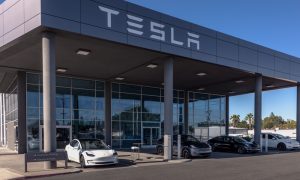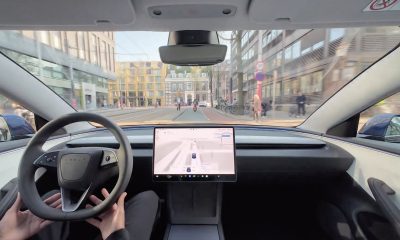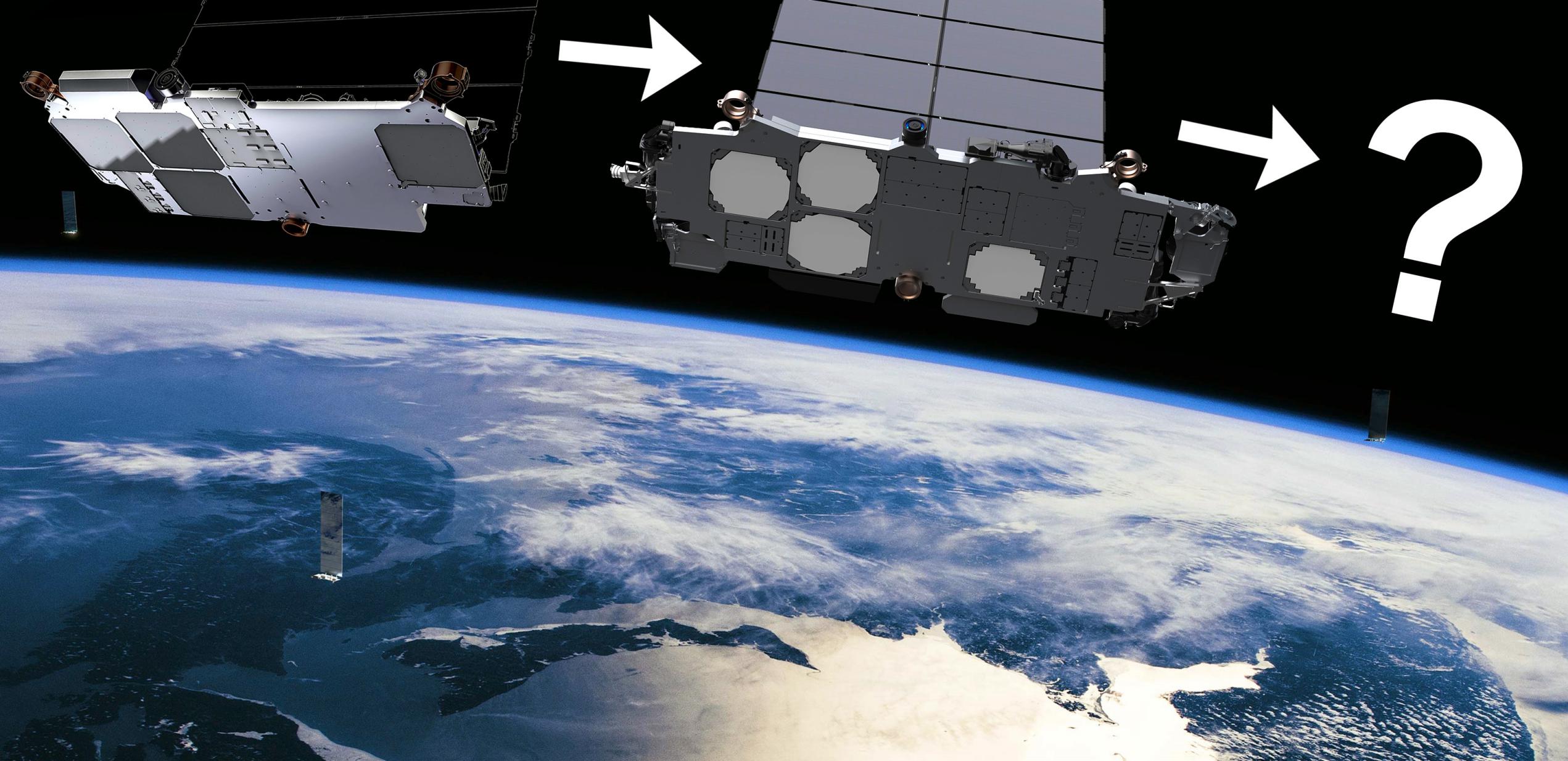

News
SpaceX CEO Elon Musk reveals next-generation Starlink satellite details
SpaceX CEO Elon Musk has revealed the first technical details about the company’s next-generation Starlink ‘Gen2’ satellite design, confirming that it will far outmatch the current generation of satellites by almost every measure.
Speaking in an onsite interview and Starbase tour with YouTuber Tim Dodd (The Everyday Astronaut), Musk – largely unprovoked – revealed that SpaceX has already built at least one functional Starlink Gen2/V2.0 satellite prototype and shipped it to the South Texas Starship factory, where it is currently being stored. More importantly, Musk also provided the first direct specifications for the next-generation spacecraft, stating that each Starlink V2.0 satellite will weigh about 1.25 tons (~2750 lb), measure about seven meters (~23 ft) long, and be almost an order of magnitude more capable than the “Starlink 1” satellites they’ll ultimately supersede.
Almost ten months after SpaceX first revealed its updated plans for a next-generation, 30,000-satellite constellation, those details have confirmed a few key points of speculation about the future of Starlink.
The 1st #SpaceX #Starlink Gen 2 #satellite has been produced. It’s 7 meters long & 1.2 tons, @elonmusk says. Note: that’s 4-5X more massive than Gen 1!
Musk adds, the new version will be almost an order of magnitude more capable than Starlink 1 in terms of useful data throughput.— Stan Shull (@stanshull) May 26, 2022
Back in August 2021, I surmised that just like it has with Falcon 9, SpaceX would again try to optimize its new Starlink V2.0 satellite design to take maximum advantage of Starship’s launch performance. In an updated Starlink Gen2 filing, the company conveniently revealed that a version of the constellation optimized for Starship would be structured such that the rocket could launch an entire orbital plane (one ring of satellites spaced evenly around the Earth) in one go. In that constellation variant, all but ~500 (1.5%) of almost 30,000 spacecraft would be stationed in planes of 110 or 120 satellites, meaning that it was safe to assume that SpaceX meant that every Starship would nominally carry 110-120 satellites. Using Musk’s latest optimistic Starship performance estimate of 150 tons to low Earth orbit (LEO), that all but guaranteed that a Starship-optimized Starlink V2.0 satellite would weigh up to 1250 kilograms.
Musk has now explicitly confirmed that each Starlink V2.0 satellite will weigh… “about one and a quarter tons” or 1250 kilograms. Starlink V1.0 and V1.5 satellites weigh around 260 and 310 kilograms, respectively, meaning that Starlink V2.0 satellites will be about a bit more than four times heavier than V1.5 and a bit less than five times heavier than V1.0.
Musk also revealed that V2.0 satellites will be “almost an order of magnitude more capable than Starlink 1.” He refused to call that capability bandwidth or throughput, the traditional method of describing a communication satellite’s total performance, but Starlink V1.0 satellites are believed to have a total bandwidth of 18 gigabits per second (18 Gbps). As of today, it’s unknown if Starlink V1.5 – a significant upgrade – also added more bandwidth, nor if Musk was referring to that latest Starlink V1.x iteration. But even if he was comparing V2.0 with the earliest V1.0 satellites, it’s possible that each Starlink V2.0 satellite could add around 140-160 Gbps to the 30,000-satellite constellation.
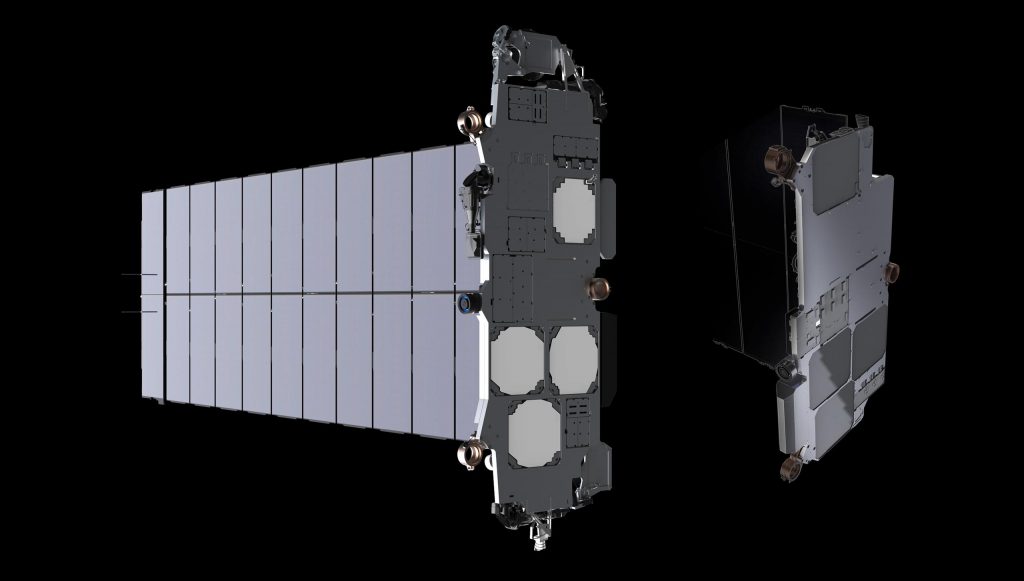
Ultimately, specific numbers aren’t needed to emphasize the importance of the details Musk provided. If true, they mean that Starlink V2.0 will pack roughly twice as much usable bandwidth into a given unit of satellite mass compared to V1.x. Combined with the fact that Starship could offer ~10 times as much performance to LEO as Falcon 9, a single Starship launch could theoretically expand total network capacity roughly twenty times more than one Falcon 9 launch. For example, each Falcon 9 launch of 60 260-kilogram Starlink V1.0 satellites added about 1080 Gbps of instantaneous bandwidth to the constellation. A Starship launch of 120 1250-kilogram Starlink V2.0 satellites could add around 19,000 Gbps (19 terabits per second).
Even despite those massive advantages, SpaceX’s Starlink Gen2 ambitions still leave it no slack whatsoever. If the FCC approves its license request, SpaceX would need to launch half of the constellation within six years – equivalent to around 130 Starship launches or 22 Starship launches per year. In comparison, Falcon 9 – a rocket that’s ten times smaller, less reusable, and has been flying since 2010 – did not achieve 22 launches in one year until 2020. For Starship to have any hope of achieving the cadence Starlink Gen2 requires, SpaceX would have to ramp up launches of the largest rocket ever built at a truly miraculous pace and suffer very few failures or setbacks along the way.
As immense as the challenge may be, the potential rewards are just as high. A constellation of 30,000 Starlink V2.0 satellites – if spaced evenly around the Earth – could have a total bandwidth of ~1250 terabits per second (Tbps) available over land (excluding Antarctica) at any given second. Even if half of that bandwidth is needed for backhaul and routing, the total installed bandwidth of global internet infrastructure was estimated to be 600 Tbps in 2020. Starlink will always be bottlenecked by the number of satellites that can be simultaneously available over any single point on Earth, so the constellation will never be able to match a ground network 1:1 with the same installed capacity, but it’s safe to assume that Starlink Gen2 could serve tens or even hundreds of millions of users located anywhere on Earth if SpaceX is able to build it.
News
Tesla Robotaxi just got a big benefit from the U.S. government
The NHTSA is looking to help streamline the application process for companies developing driverless vehicles.
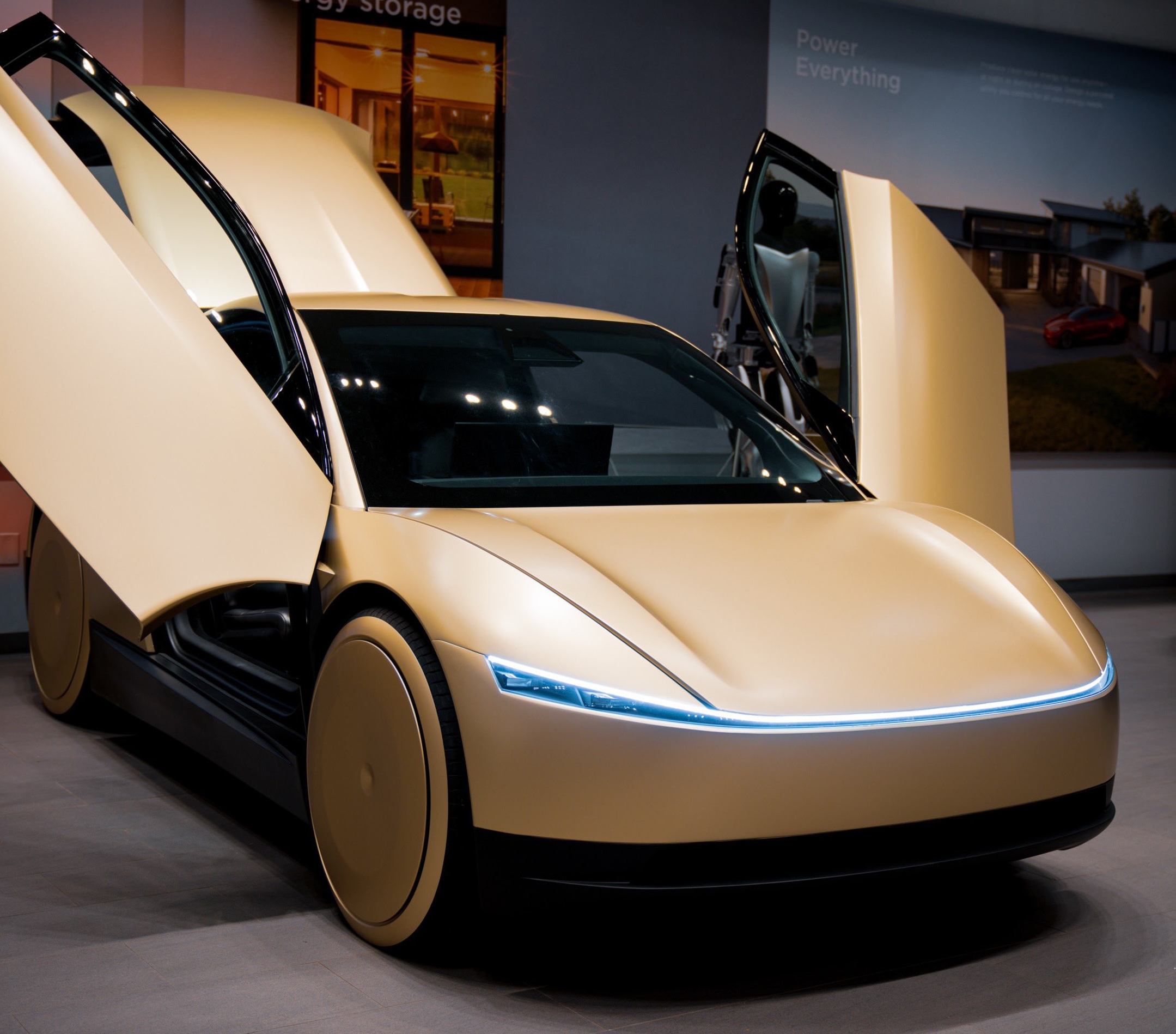
Tesla Robotaxi just got a big benefit from the U.S. Government, as the National Highway Traffic Safety Administration (NHTSA) is looking to ease some rules and streamline the application process that could hinder the development and licensing of autonomous vehicles.
Tesla is set to launch its Robotaxi platform in the coming days or weeks, but regulation on autonomous vehicles is incredibly slim, so automakers are left in a strange limbo as permissions to operate are usually up to local jurisdictions.
The NHTSA still has the ultimate say, but it is now adopting a new strategy that will see companies gain an exemption from federal safety standards and streamline the entire application process.
The agency is authorized to grant exemptions to permit manufacturers to produce vehicles over a two or three-year period that might not comply with certain Federal Motor Vehicle Safety Standards (FMVSS). Robotaxi, for example, will eventually not have a steering wheel or pedals, through the Cybercab that Tesla unveiled last October.
The exemption program the NHTSA announced today would be possible through Part 555 of the National Traffic and Motor Vehicle Safety Act:
“NHTSA may grant a Part 555 exemption if at least one of four bases listed in the statute is met and NHTSA determines that the exemption is consistent with the public interest and the Safety Act. The statute also authorizes NHTSA to subject an exemption to terms the agency deems appropriate and requires that NHTSA publish notice of the application and provide an opportunity to comment.”
The rapid and non-stop innovation that is being performed is tough to keep up with from a legal standpoint. The NHTSA recognizes this and says current legislation is appropriate for traditional vehicles, but not for the self-driving cars companies are producing now:
“The current Part 555 process was designed for traditional vehicles. As currently applied, this process is not well suited for processing exemptions involving ADS-equipped vehicles in a timely manner or overseeing the unique complexities involving their operations. This has resulted in long processing times for applications for ADS-equipped vehicles. NHTSA must improve its Part 555 processing times substantially to keep pace with the rapid innovation of the ADS industry and to ensure that exemptions remain effective tools for nurturing groundbreaking safety technologies.”
Now, the NHTSA will be “enhancing application instructions” to help manufacturers understand the requirements involved in the application process. This will streamline the entire process by “reducing the need for NHTSA to request additional information from the manufacturer,” the agency says.
First Tesla driverless robotaxi spotted in the wild in Austin, TX
Next, the NHTSA is going to have a more flexible approach to evaluating exemptions for ADS-equipped vehicles:
“To build flexibility into the Part 555 process while also accounting for the unique aspects of those exemptions, NHTSA intends to develop terms that could be included in Part 555 exemption grants, when appropriate, to condition operations of exempted ADS-equipped vehicles on enhanced and continuing oversight from NHTSA. NHTSA would expect to administer this enhanced oversight through letters, which could be updated over time, mirroring real-world ADS development. This will enable NHTSA to focus its initial review during the application stage and align the Part 555 oversight approach more closely to exemptions administered under NHTSA’s Automated Vehicle Exemption Program (AVEP), which have proven effective for ADS.”
This will benefit any company making autonomous vehicles, but it will especially benefit Tesla in the short-term as it is readying for the launch of Robotaxi.
Tesla is trading up 1.89 percent at the time of publication.
Part 555 Letter June 2025 by Joey Klender on Scribd
News
SpaceX produces its 10 millionth Starlink kit
The first 5 million Starlink kits took nearly four years to build.

SpaceX has achieved a major milestone, producing its 10 millionth Starlink kit. The accomplishment was celebrated across the company’s Hawthorne, California, and Bastrop, Texas, facilities.
The milestone was shared in social media by Sujay Soman, Senior Facilities Engineer, in a LinkedIn post, which has since been deleted.
Starlink Production Ramp
Soman noted in his LinkedIn post that the first 5 million Starlink kits took nearly four years to build, but the next 5 million kits were completed in just 11 months. This underscores SpaceX’s intense efforts to ramp up the satellite internet system’s production, and it reflects the private space company’s manufacturing prowess.
The SpaceX Senior Facilities Engineer shared a couple of photos of the Machine Maintenance and Facilities team in Bastrop to commemorate the event.
“Today, Starlink Product teams across our Hawthorne and Bastrop sites produced the 10th Million Starlink Kit! It took almost 4 years to build our first 5 million kits, and we doubled that in about 11 months. Monumental accomplishment!” Soman wrote in his post.
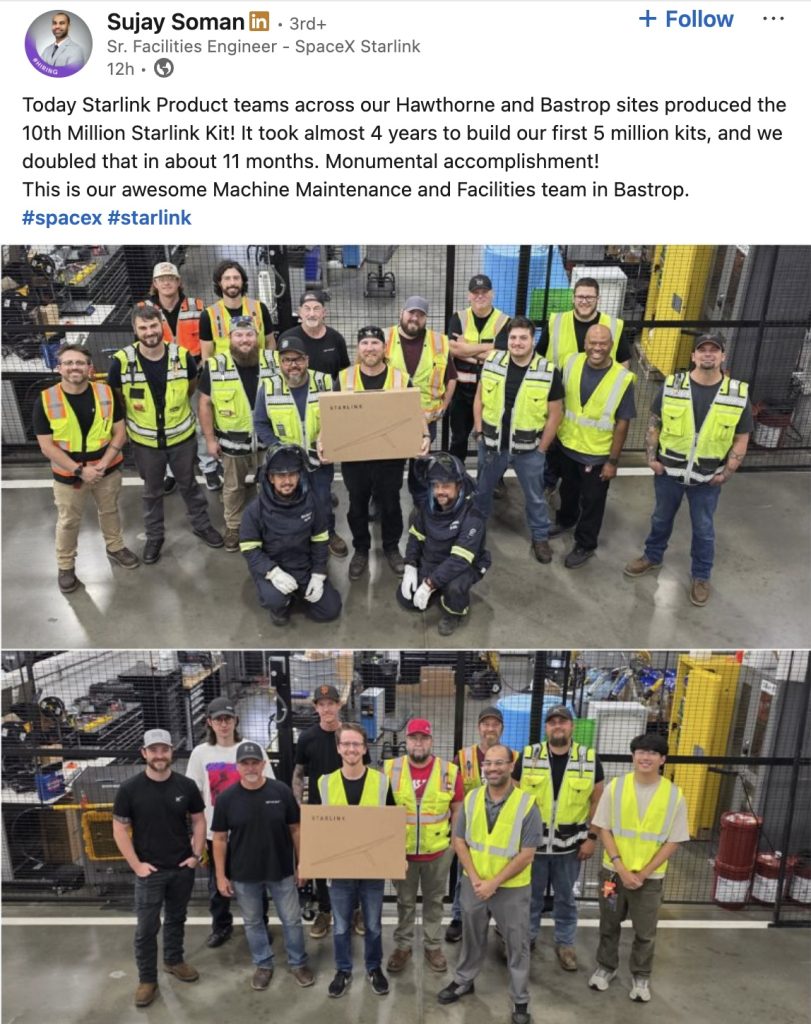
World-Changing Technology
The Starlink kits, featuring dish hardware and supporting equipment, enable users to connect to the company’s growing constellation of low Earth orbit satellites. With over 6,000 satellites launched to date, Starlink now provides fast and reliable internet connectivity to over 6 million customers worldwide. This was a significant increase from the 5 million customers that the company reported in February 2025.
SpaceX has not detailed its next production targets, but the production of Starlink’s 10 millionth kit milestone signals the company’s readiness to scale further. Being an Elon Musk-led company, SpaceX is arguably the best in the business when it comes to efficient and cost-effective manufacturing. It would then be unsurprising if SpaceX announces another Starlink production milestone soon.
News
Tesla retires yoke steering wheel in base Model S and X
Tesla’s controversial steering yoke is now exclusive to the Model S and Model X Plaid.
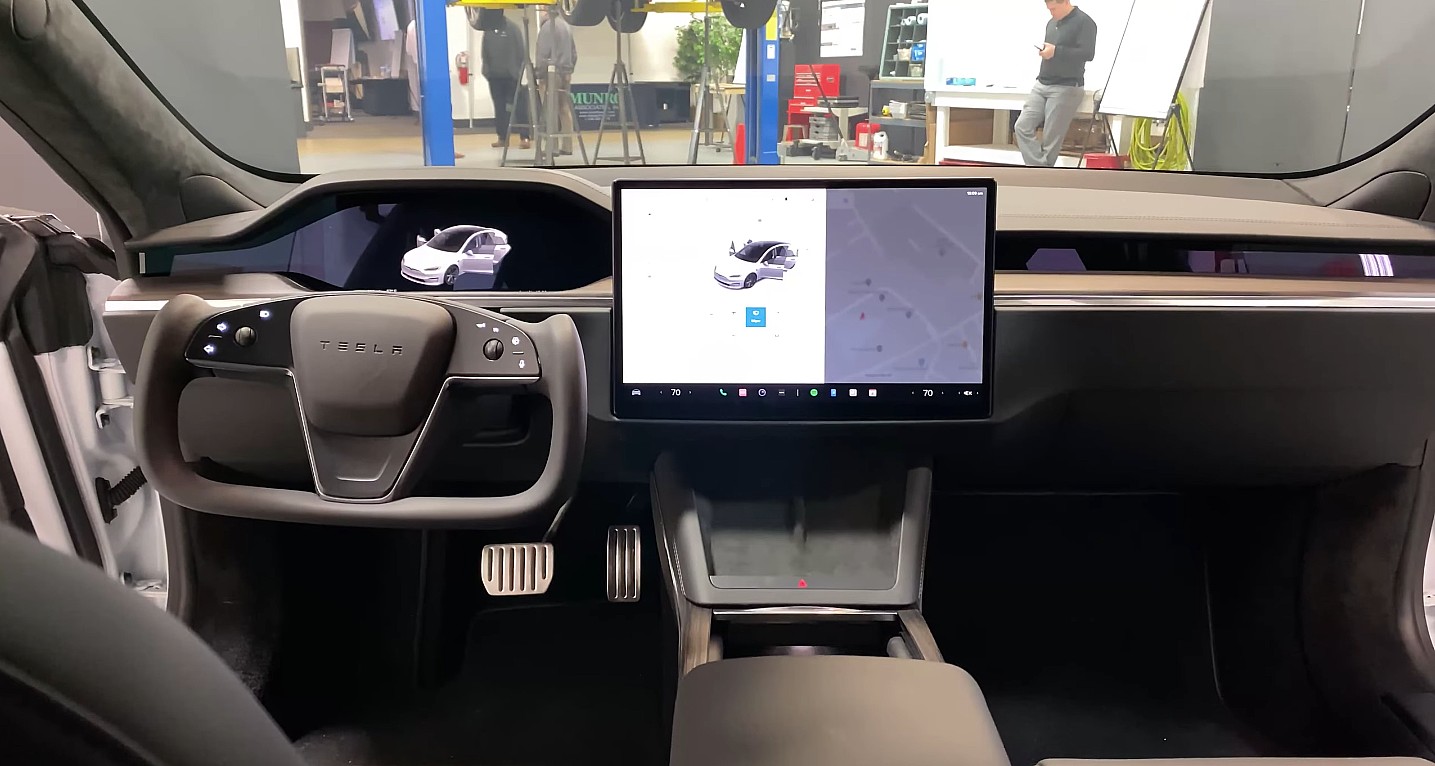
Tesla has closed a chapter in the saga of the Model S and Model X’s controversial steering yoke. Following the announcement of the new iterations of the flagship vehicles, Tesla promptly removed the steering option for the vehicles’ base variants.
This means that if drivers wish to experience the Model S or Model X with a yoke, they would have to go Plaid.
The new Model S and Model X
The refresh of the Model S and Model X were quite minor, with the two vehicles featuring a new front camera, a new color, and a handful of other small changes like new exterior styling for the Model S Plaid. Tesla also noted on its website that the two vehicles now have a much smoother and quieter ride.
The changes were quite polarizing, with some appreciating the subtle improvements made to the two flagship cars and others arguing that Tesla should have done more. Others, however, noted that the level of improvements implemented on the Model S and Model X would already be considered major refresh for a tech company like Apple.
No More Yoke Unless Plaid
When Tesla refreshed the Model S and Model X in 2021, the vehicles were released with a steering yoke as standard. The yoke was controversial, with critics stating that it was unsafe and fans stating that it made driving the Model S and Model X fun. Tesla later introduced a round steering wheel option for the Model S and Model X, which later became standard on the two flagship vehicles.
This remains true today, with the most recent versions of the Model S and Model X still being released with a round steering wheel as standard. Those who wish to experience the Model S and Model X Plaid as envisioned by the company and its CEO, Elon Musk, however, might find it a good idea to spend the extra $1,000 for the vehicles’ yoke steering wheel.
-
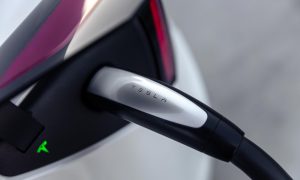
 News2 weeks ago
News2 weeks agoTesla to lose 64 Superchargers on New Jersey Turnpike in controversial decision
-

 News4 days ago
News4 days agoI took a Tesla Cybertruck weekend Demo Drive – Here’s what I learned
-
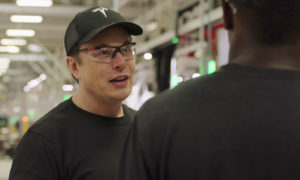
 Elon Musk1 week ago
Elon Musk1 week agoElon Musk explains Tesla’s domestic battery strategy
-
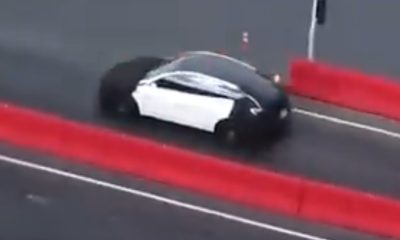
 News2 weeks ago
News2 weeks agoTesla’s apparent affordable model zips around Fremont test track
-

 Elon Musk2 weeks ago
Elon Musk2 weeks agoTesla stock: Morgan Stanley says eVTOL is calling Elon Musk for new chapter
-
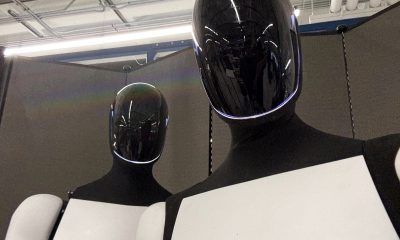
 Elon Musk5 days ago
Elon Musk5 days agoTesla tops Cathie Wood’s stock picks, predicts $2,600 surge
-

 Elon Musk2 weeks ago
Elon Musk2 weeks agoElon Musk responds to Tesla Supercharger shutdown on NJ Turnpike
-
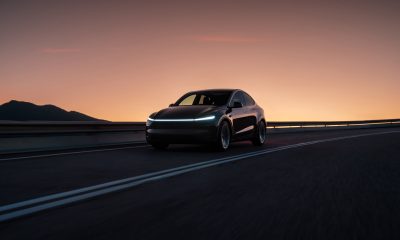
 Investor's Corner2 weeks ago
Investor's Corner2 weeks agoTesla bull writes cautious note on Robotaxi launch: ‘Keep expectations well contained’




